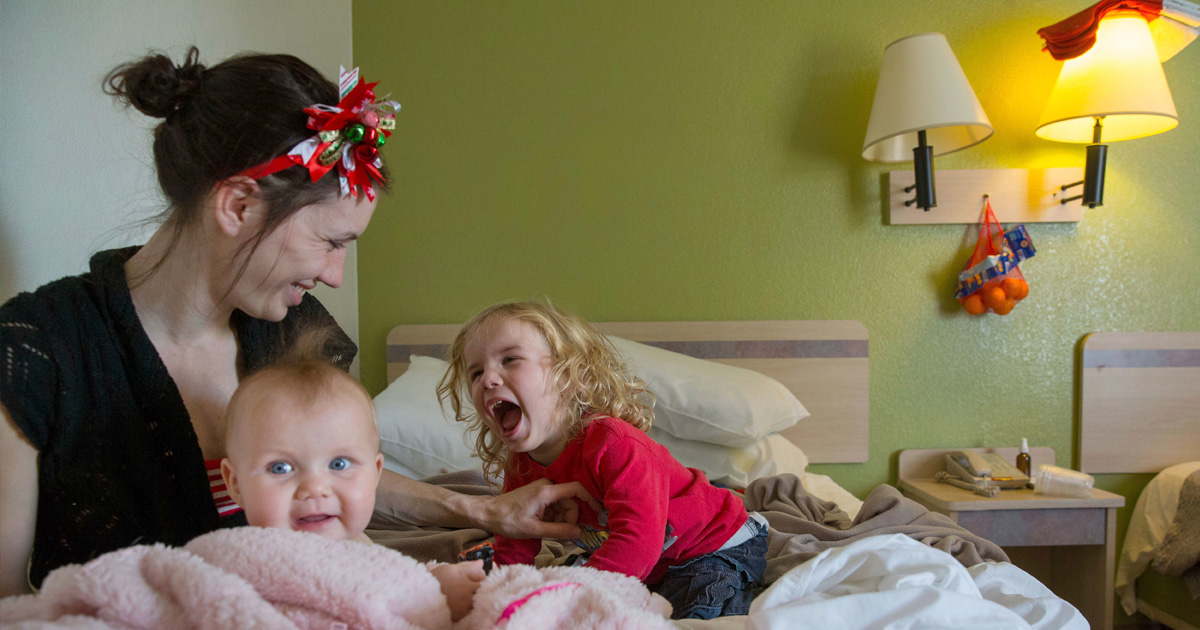New data from the National Center for Homeless Education at SERVE indicates that 1.355 million children experienced homelessness over the 2016-2017 school year. The data highlights the challenge facing homeless school liaisons who are charged with ensuring each of these children – regardless of the disruption caused by homelessness — are connected to school and have access to critical academic supports.
The data also highlights the need for a much greater national investment in affordable housing. Of children identified over the school year:
- 1.025 million resided in a doubled-up situation due to economic necessity;
- 187,605 resided in emergency shelter, transitional housing, or were awaiting a foster care placement;
- 90,013 children lived in motels or hotels; and
- 50,145 were unsheltered (living in place not intended for human habitation).
All of these children need safe and affordable permanent housing. Affordable housing is associated with a myriad of positive outcomes that promote academic success, including reduced school mobility, reduced overcrowding, and increased food security. Its absence can hinder school participation and performance.
Through that lens, it’s obvious that we all need to make affordable housing a much bigger priority.
Families want housing, not shelter
The vast majority of children that school homeless liaisons identify are doubled up, typically with friends or extended family. And although it’s true that most families who enter shelter do so after exiting a doubled up situation, it’s also important to recognize that most families who double up never enter shelter. In fact, families typically do everything they can to avoid going into shelter. It is only when they can see no alternative that they turn to homeless service programs.
A recent news story illustrates the cost of confusing the need for housing with the need for shelter. The city of San Francisco recently piloted a program to expand shelter services within a school. The student homelessness data seemed to indicate the need. Yet, on average, the program is sheltering just two people a night, well below projected need.
The data the school and city relied on was not wrong: the families they identified are in very tenuous housing situations. But they clearly didn’t want shelter, or some other temporary place to go. They want permanent housing they can afford.
And so our task is clear: we must do the hard work of advocating for housing solutions for low-income families.
The Alliance’s Role
The affordable housing crisis has a direct impact on our efforts to end homelessness. That’s why the Alliance has spent years advocating for the resources to address it: by supporting public-private partnerships to enhance housing opportunities, by advocating for increased investments in mainstream assistance programs, and by involving other risk systems to identify needs before people ever reach the homelessness system.
For example, the National Alliance to End Homelessness is a proud member of the Opportunity Starts at Home Campaign. This campaign is dedicated to building the political will for advancing more robust federal investments in affordable housing. It features a broad coalition of members from various sectors – not just homelessness and housing, but also education, health care, civil rights, child welfare, and more. Together, we are committed to building a movement and advancing solutions so that all children can thrive.
We encourage all advocates that work on behalf of families in need to support this effort. Please join us to help meet the most important need these families face: the need for stable, affordable, permanent housing.

